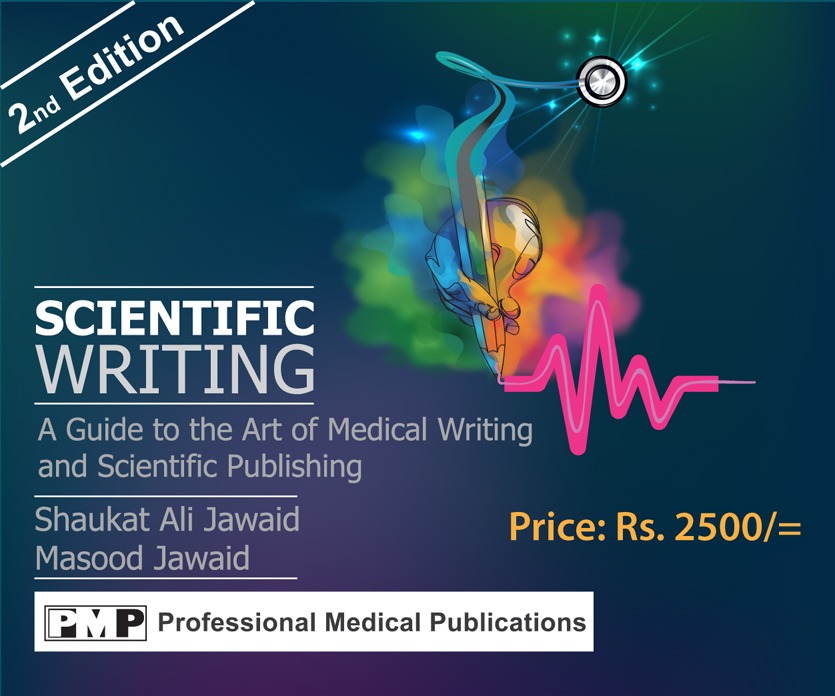HR Ahmad and ST Sohail
Q1. What are common psychiatric cases in a community?
A1. Schizophrenia is common in young males and depression in females between 25-40 years.
Q2. How could schizophrenia be elucidated in adolescents?
A2. It deals with disorder of thinking process. A simple example is that a patients with schizophrenia would not accept 2 + 2 = 4. They may say 3 or 5. Matter of fact they are suffering from psychosis. It impairs realitytesting ability. Their thoughts are jumbled up in terms of hallucination many arbitrary delusions and false beliefs.
Q3. How is the adolescent period vulnerable to schizophrenia?
A3. Since it is a polygenic disease, genes are scattered on different chromosomes. These genes are expressed to high levels of hormones in puberty.
Q4. What are symptoms of schizophrenia? How is one diagnosed?
A4. Firstly, patients are reluctant to accept they are sick. Those who live with them note sleeplessness, if one is standing remain standing for hours. It means behavior is distorted and development is receded in patients suffering from schizophrenia. Overall, they suffer from being victim of delusions. When you ask them to draw a tree or paint, there is a strange outcome revealing off center reality instead of what should be there. There are names of famous artists who were suffering from schizophrenia. In this disease one experiences recession and relapse. There is no causative treatment for this disease. It demands both medication and management. Key words for symptoms are rigid lifestyle, sleeplessness, receded development, confusion, off-center reality and change in personality.
Q5. What are factors contributing to depression in women?
A5. 1. Stress of the patriarchy, 2. Cognition under stress due to lack of life, freedom and happiness (eudiamonia), 3. Earlier treatment mode was electrical and now it is switched to drugs while residing in community centers instead of hospitals.
Q6. What causes depression?
A6. Change in brain chemistry causes depression. Replacement of the missing chemicals can reverse the process of depression.
Q7. How do external factors change the brain chemistry leading to depression?
A7. Environment can influence via the mechanisms of epigenetic modifying gene expression to depression from mild to severe with symptoms of neurosis and neurotic elements. The reality testing is
normal in depression in contrast to schizophrenia. The patient knows that one is depressed as mood returns to normal upon treatment.
Q8. How do patients experience enlightenment?
A8. This depends on the enabling environment of eudiamonia. It opens the brain by meeting different people having different ideas and viewpoints. Diversity and inclusion strategies function as stimuli to open the gateway of thinking and appreciation. Otherwise, human beings not being exposed to diversity think that they are always right.
Dedicated to the fond memories of Zaki Hassan for waking us up through his book on public health challenges in Pakistan.
Authors can be reached at hrahmad.alrazi@gmail.com and stariqsohail@gmail.com
Rochester MN 11 September 2025.



